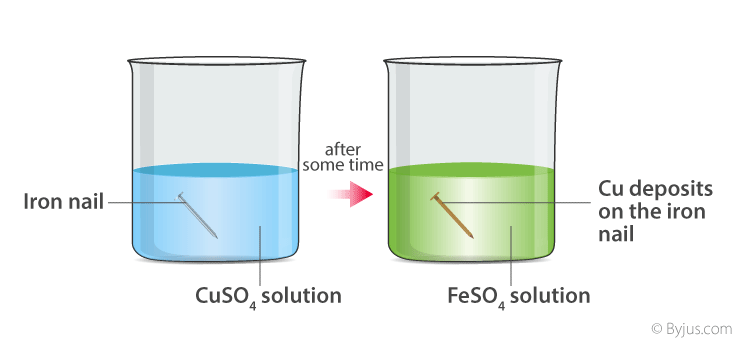
It is the shape and charge properties of the active site that enable it to bind to a single type of substrate molecule, so that the enzyme is able to demonstrate considerable specificity in its catalytic activity. Representation of substrate binding to the active site of an enzyme molecule. For example, within the oxidoreductase category, the second digit denotes the hydrogen donor ( Table 3) and the third digit denotes the hydrogen acceptor ( Table 4). The remaining digits have different meanings according to the nature of the reaction identified by the first digit. The first part of the EC number refers to the reaction that the enzyme catalyses ( Table 2). For example, the enzyme with the trivial name lactate dehydrogenase has the EC number 1.1.1.27, and is more correctly called l–lactate: NAD + oxidoreductase.

Within this system, all enzymes are described by a four-part Enzyme Commission (EC) number. The sixth edition, published in 1992, contained details of nearly 3 200 different enzymes, and supplements published annually have now extended this number to over 5 000.

The first Enzyme Commission Report was published in 1961, and provided a systematic approach to the naming of enzymes. invertase, diastase, catalase) provide little information about the substrate, the product or the reaction involved.ĭue to the growing complexity of and inconsistency in the naming of enzymes, the International Union of Biochemistry set up the Enzyme Commission to address this issue. glucose oxidase, alcohol dehydrogenase, pyruvate decarboxylase). Often the trivial name also indicates the substrate on which the enzyme acts (e.g. oxidase, dehydrogenase, carboxylase), although individual proteolytic enzymes generally have the suffix - in (e.g. We usually describe enzymes as being capable of catalysing the conversion of substrate molecules into product molecules as follows:Įnzymes typically have common names (often called ‘trivial names’) which refer to the reaction that they catalyse, with the suffix -ase (e.g. Notwithstanding these notable exceptions, much of classical enzymology, and the remainder of this essay, is focused on the proteins that possess catalytic activity.Īs catalysts, enzymes are only required in very low concentrations, and they speed up reactions without themselves being consumed during the reaction. These so-called ‘abzymes’ have significant potential both as novel industrial catalysts and in therapeutics. In the same decade, biochemists also developed the technology to generate antibodies that possess catalytic properties. These RNAs, which are called ribozymes, play an important role in gene expression. For the next 60 years or so it was believed that all enzymes were proteins, but in the 1980s it was found that some ribonucleic acid (RNA) molecules are also able to exert catalytic effects. In the late nineteenth century and early twentieth century, significant advances were made in the extraction, characterization and commercial exploitation of many enzymes, but it was not until the 1920s that enzymes were crystallized, revealing that catalytic activity is associated with protein molecules. The word ‘enzyme’ was first used by the German physiologist Wilhelm Kühne in 1878, when he was describing the ability of yeast to produce alcohol from sugars, and it is derived from the Greek words en (meaning ‘within’) and zume (meaning ‘yeast’). For example, they have important roles in the production of sweetening agents and the modification of antibiotics, they are used in washing powders and various cleaning products, and they play a key role in analytical devices and assays that have clinical, forensic and environmental applications. They can also be extracted from cells and then used to catalyse a wide range of commercially important processes. But what we find is that water is not formed from the oxygen and hydrogen molecules colliding in the atmosphere, because the activation energy barrier is just too high, and all the collisions are resulting in rebound.Enzymes are biological catalysts (also known as biocatalysts) that speed up biochemical reactions in living organisms.

\nonumber \]Īt any one moment in the atmosphere, there are many collisions occurring between these two reactants.


 0 kommentar(er)
0 kommentar(er)
